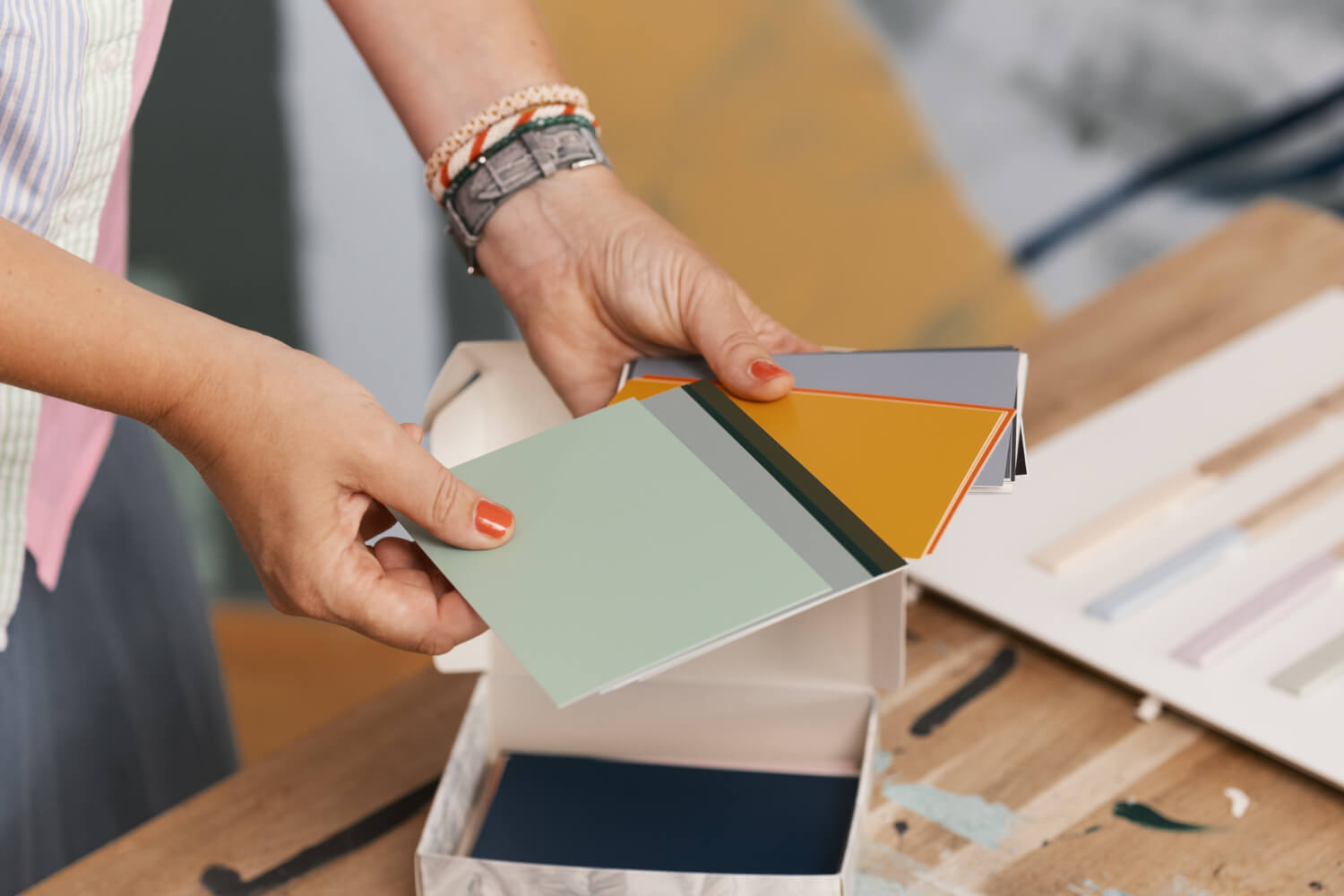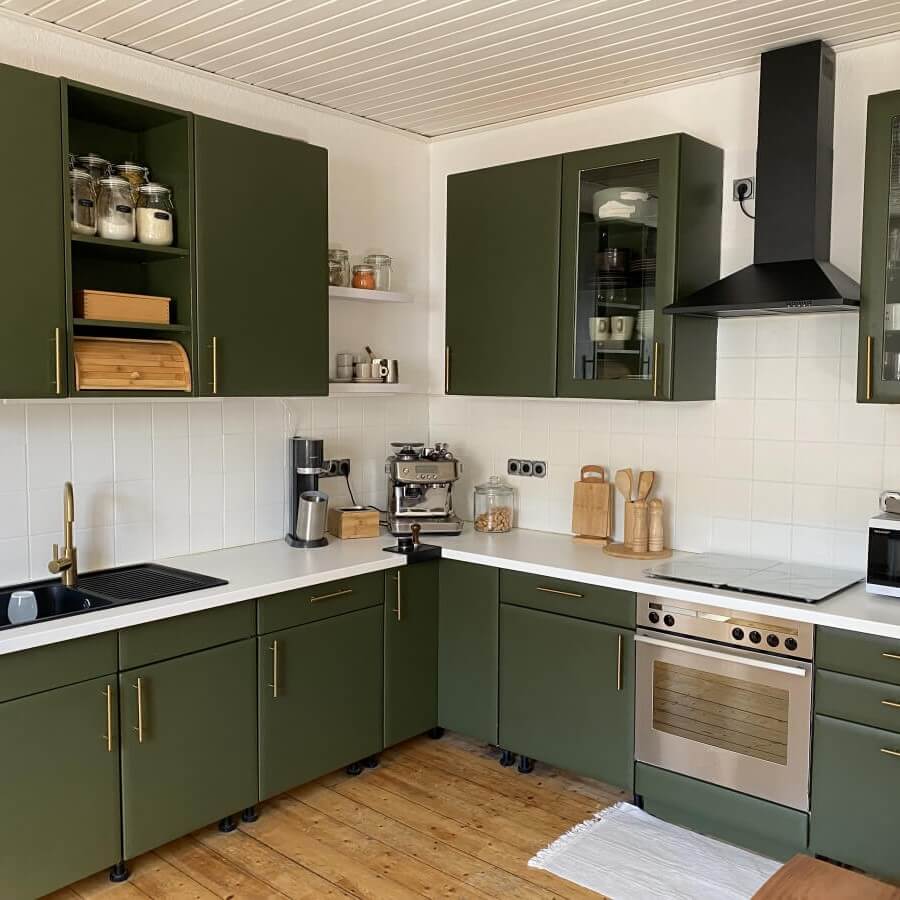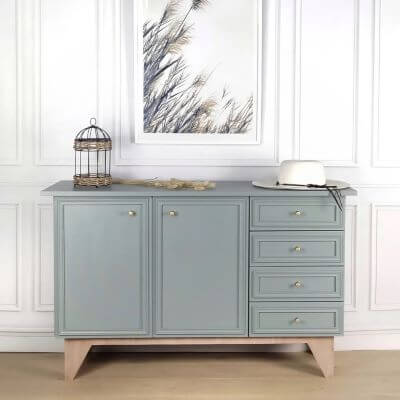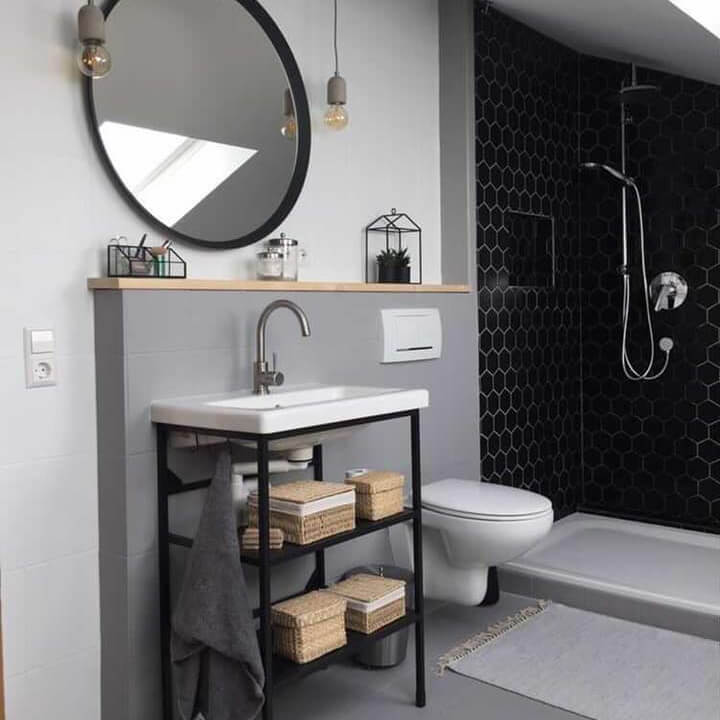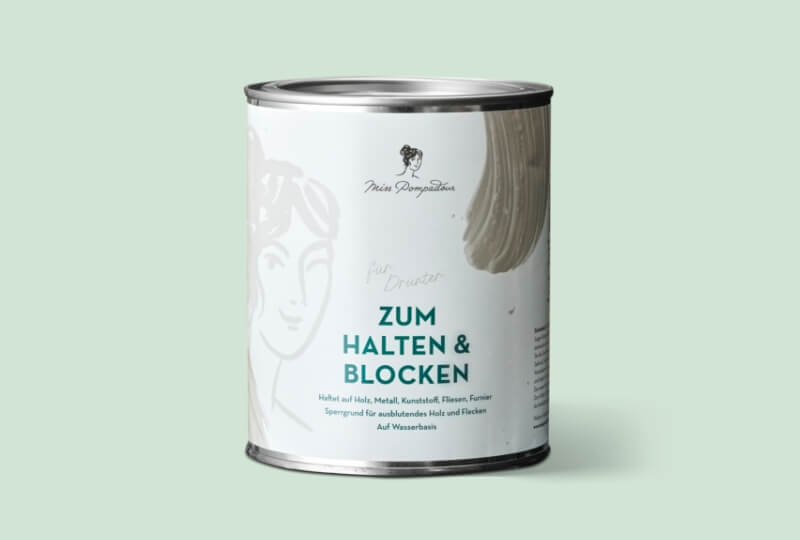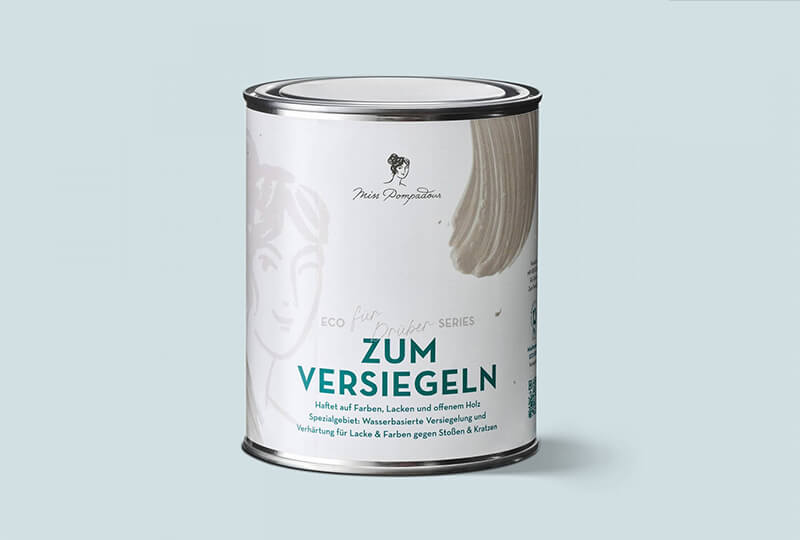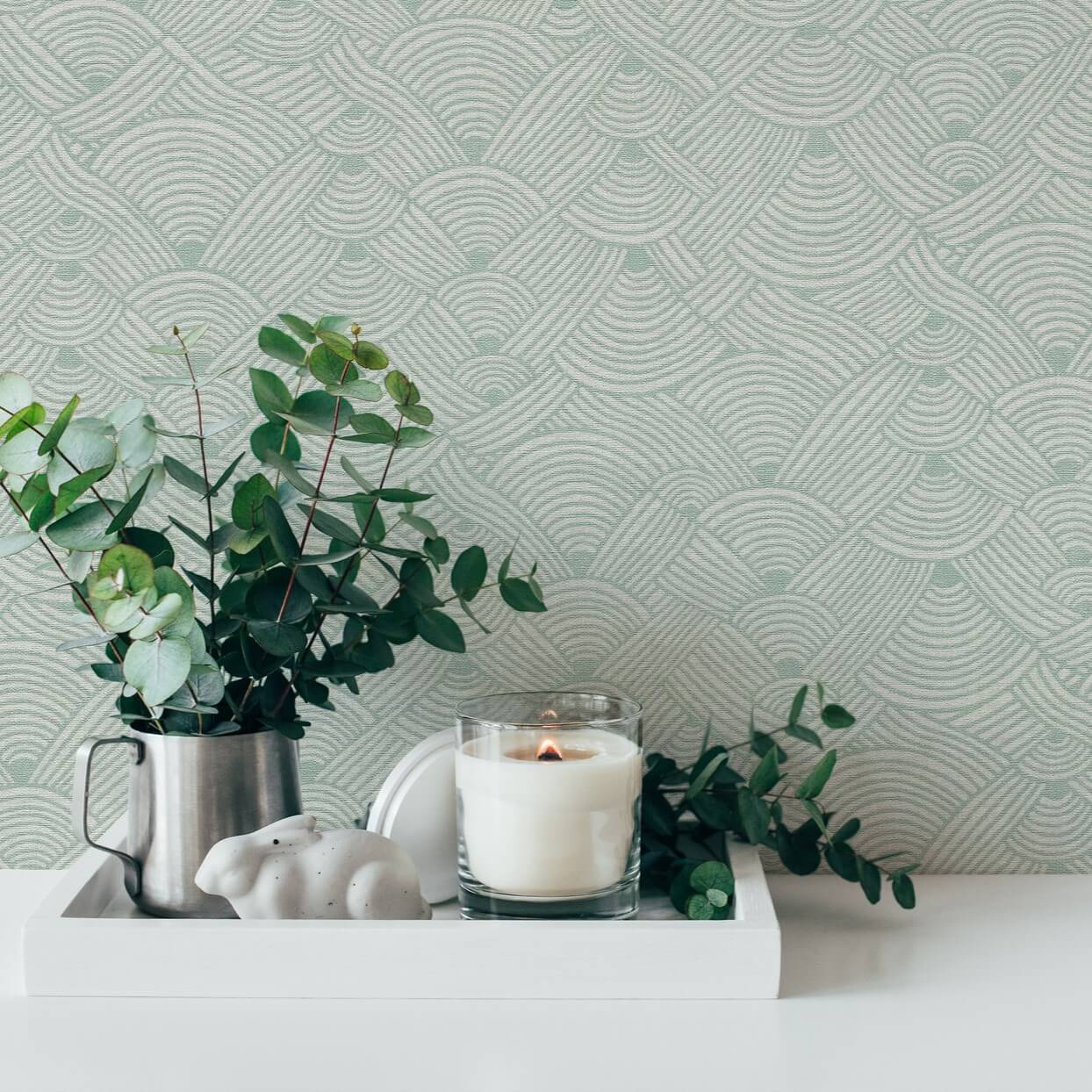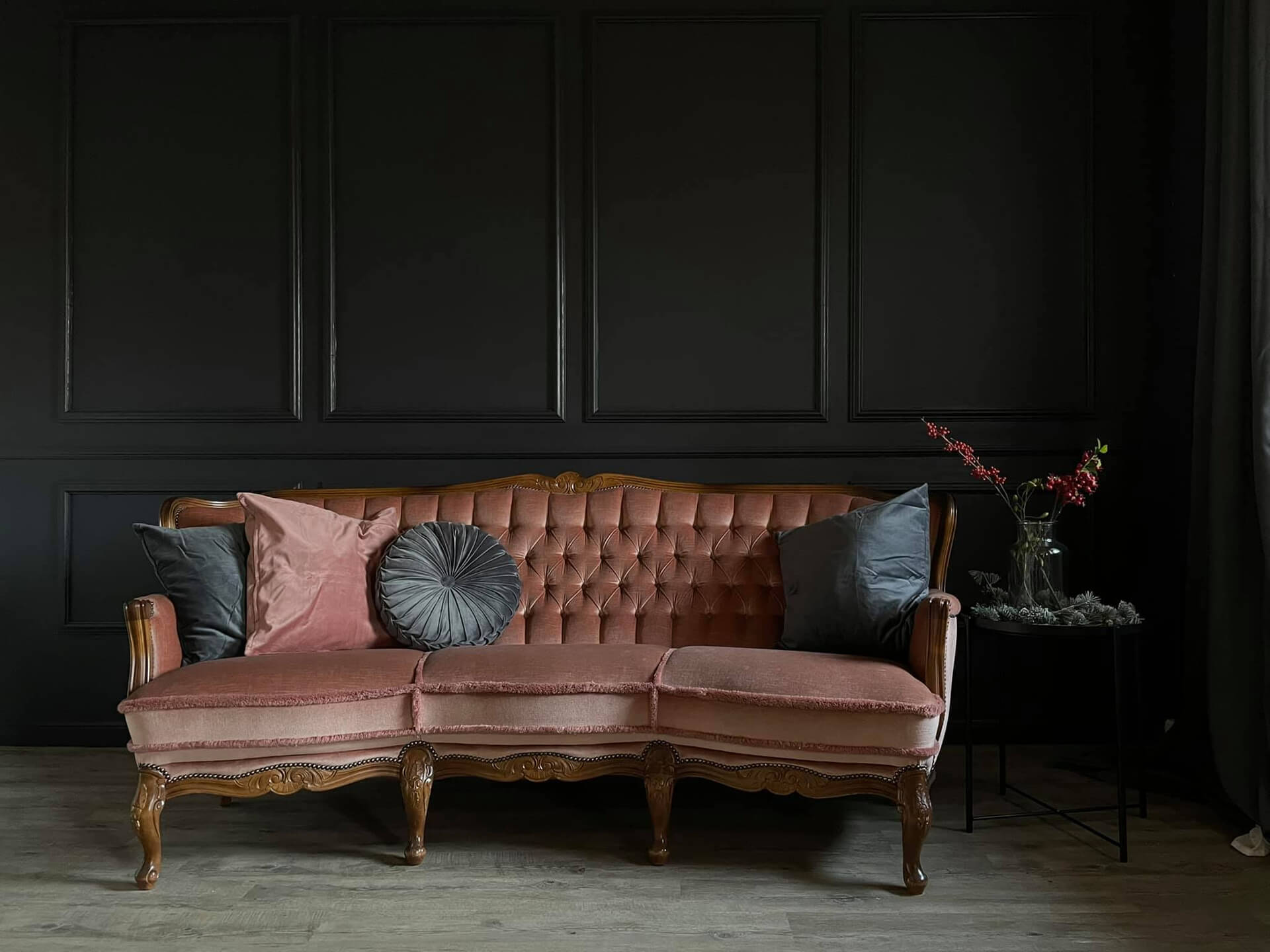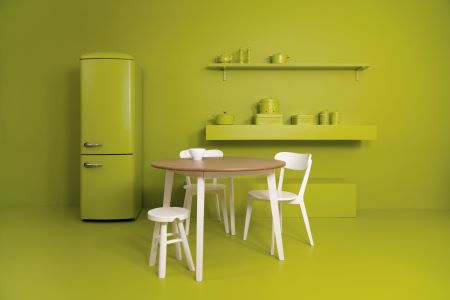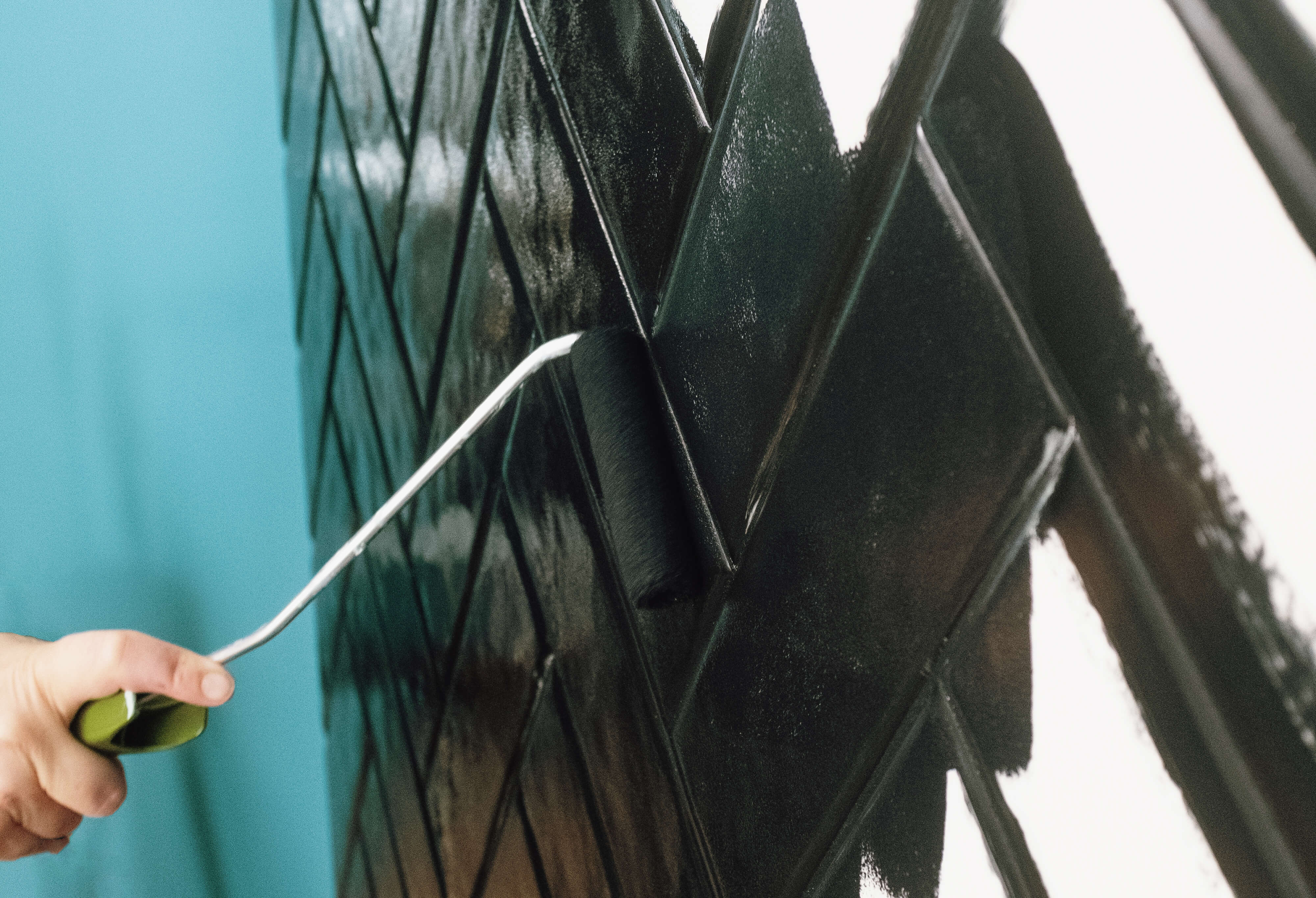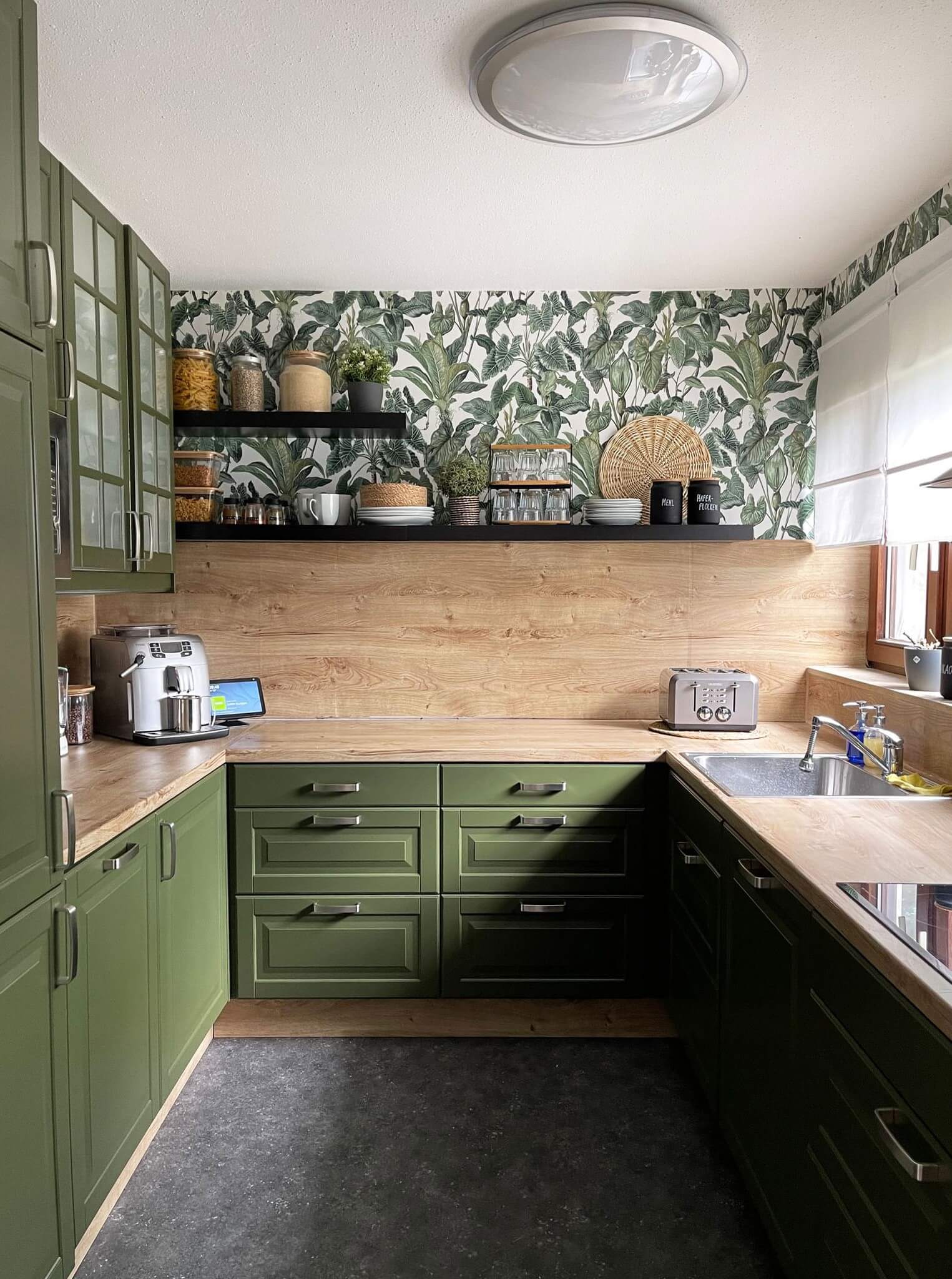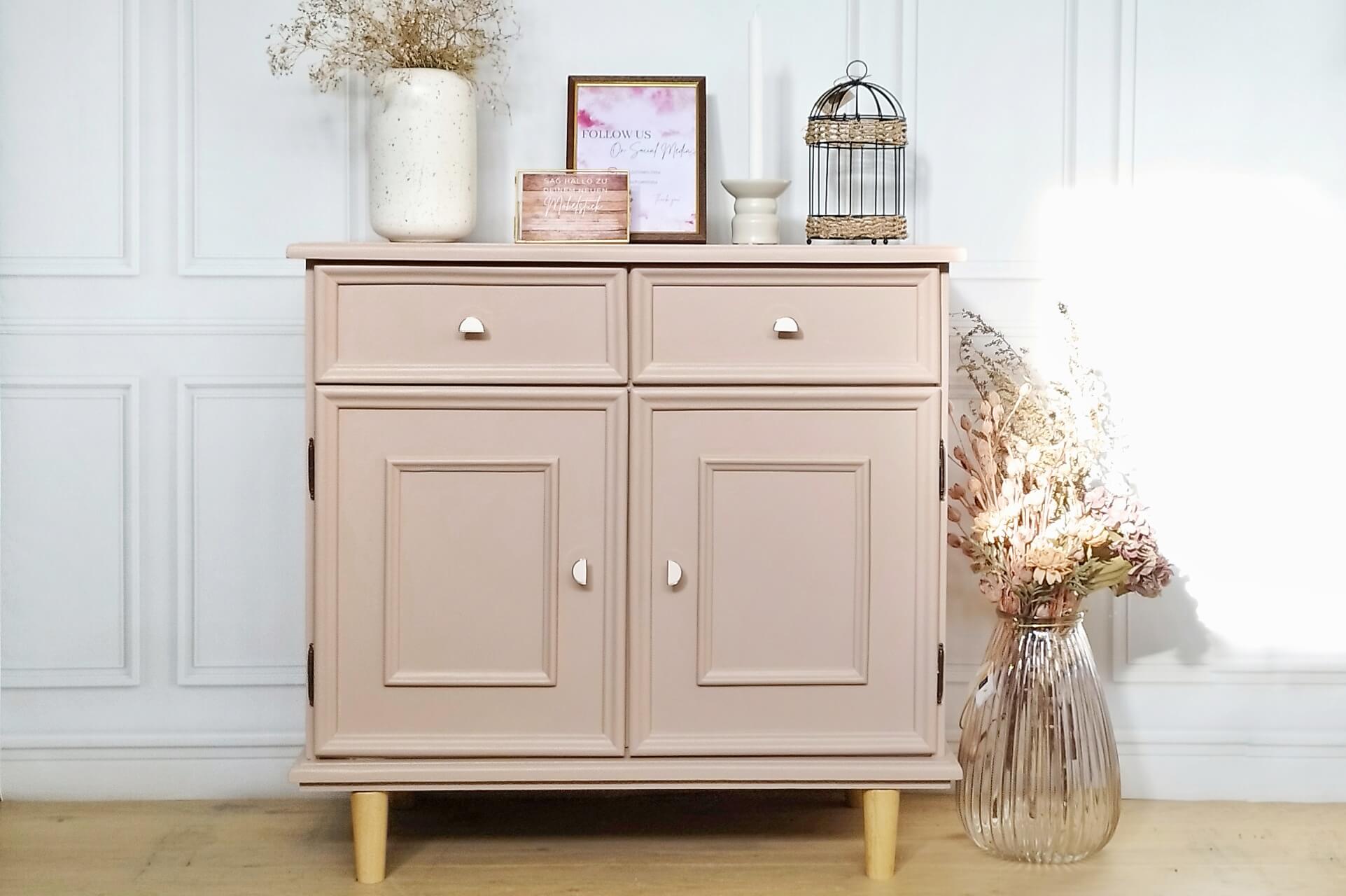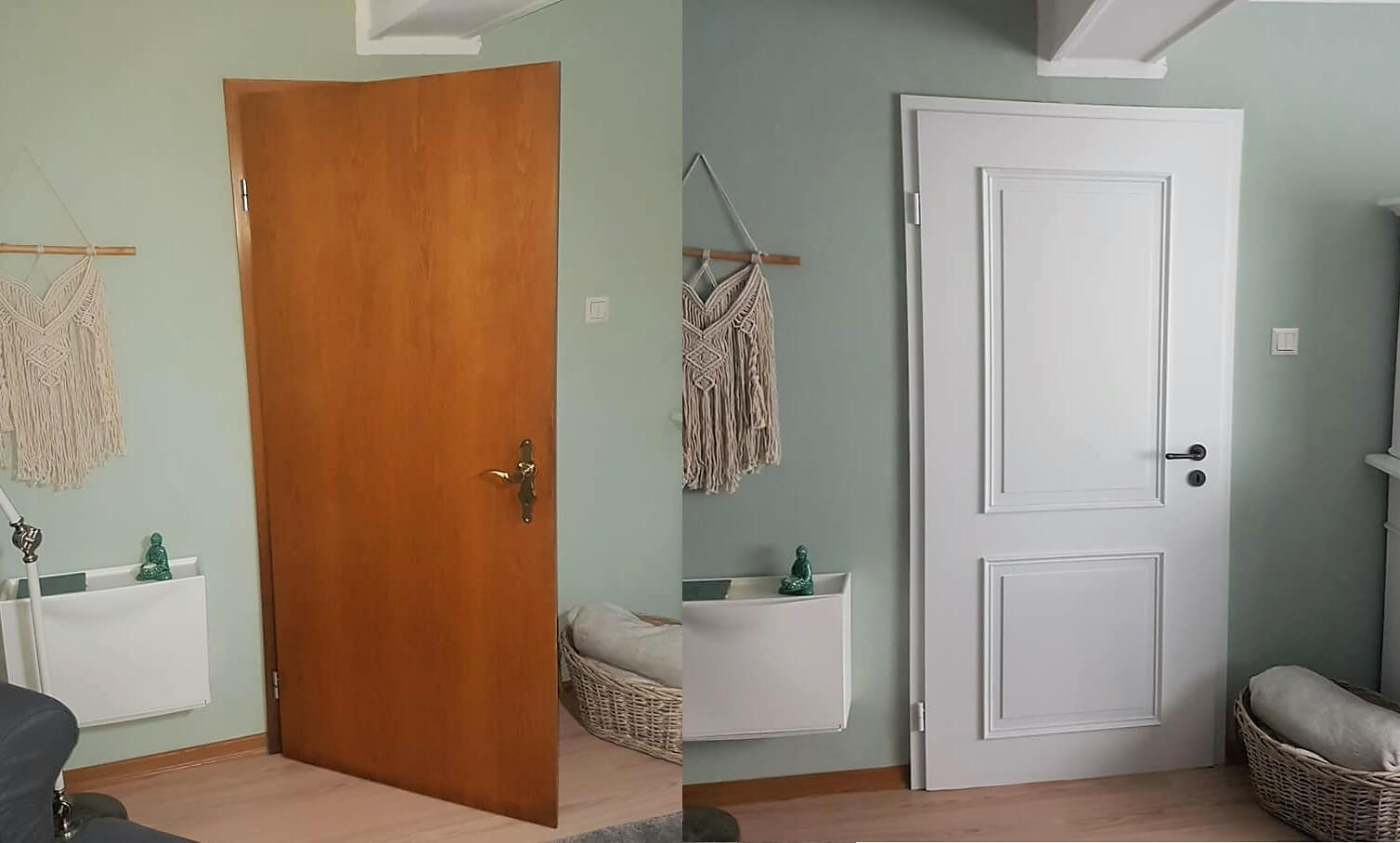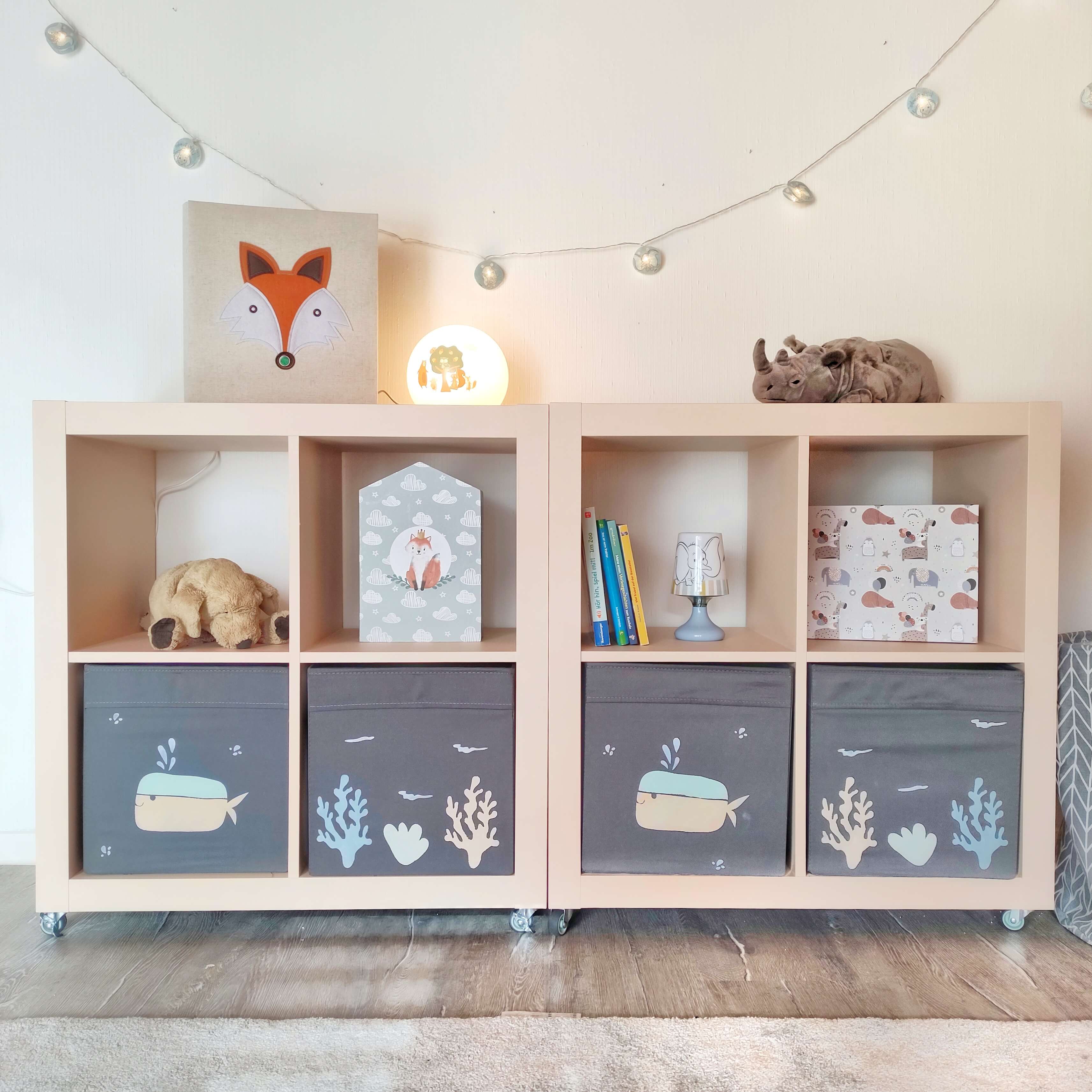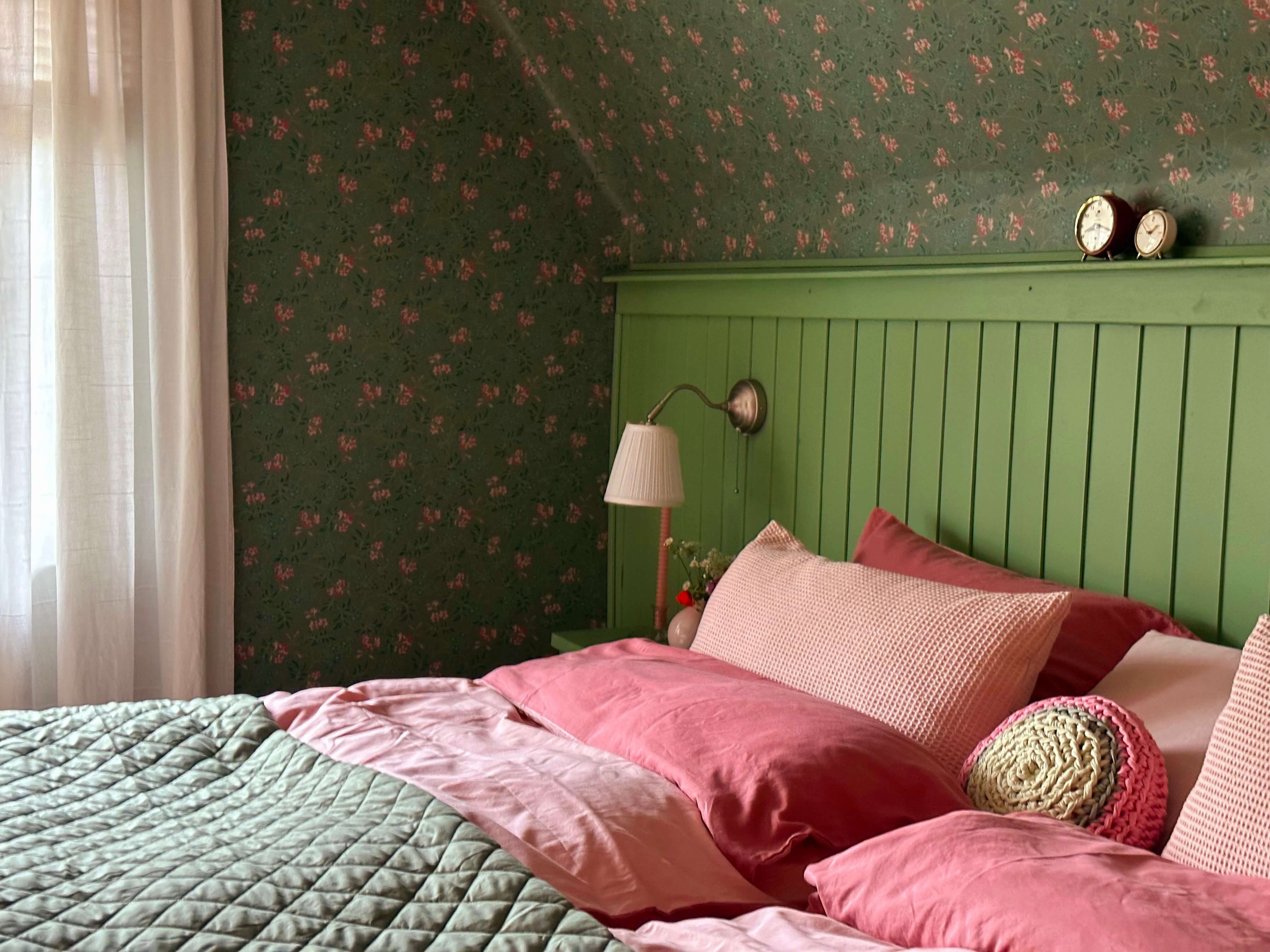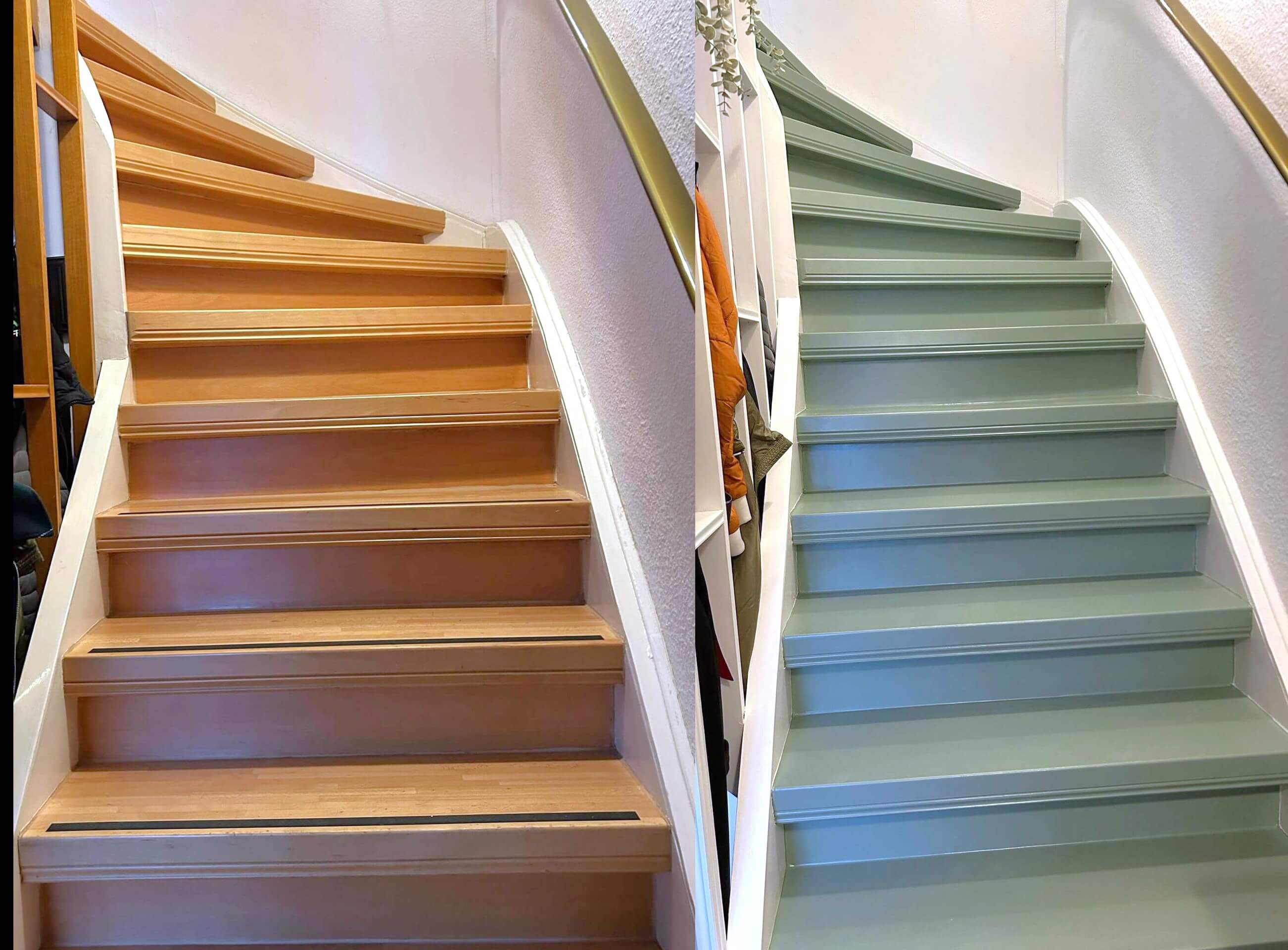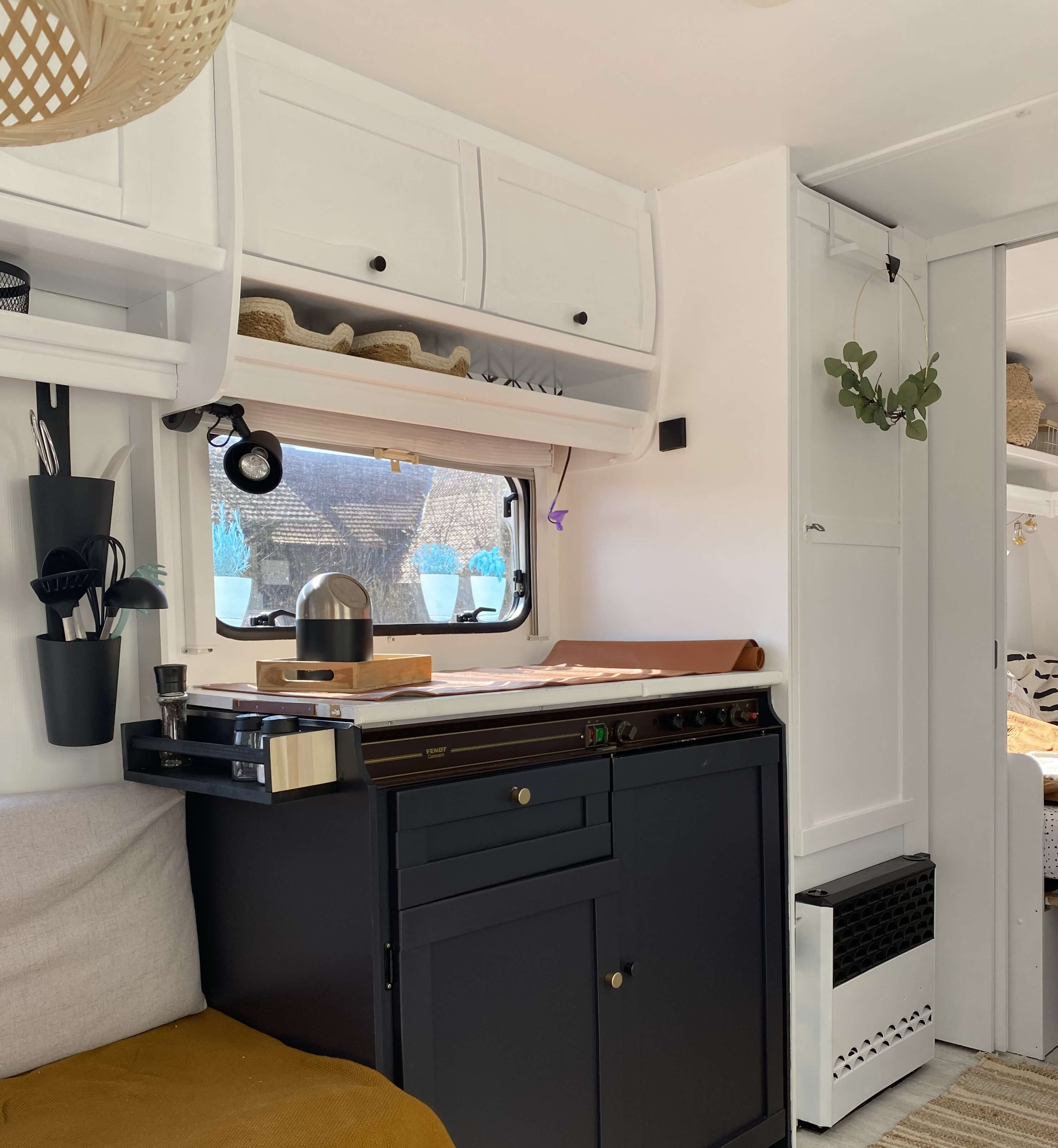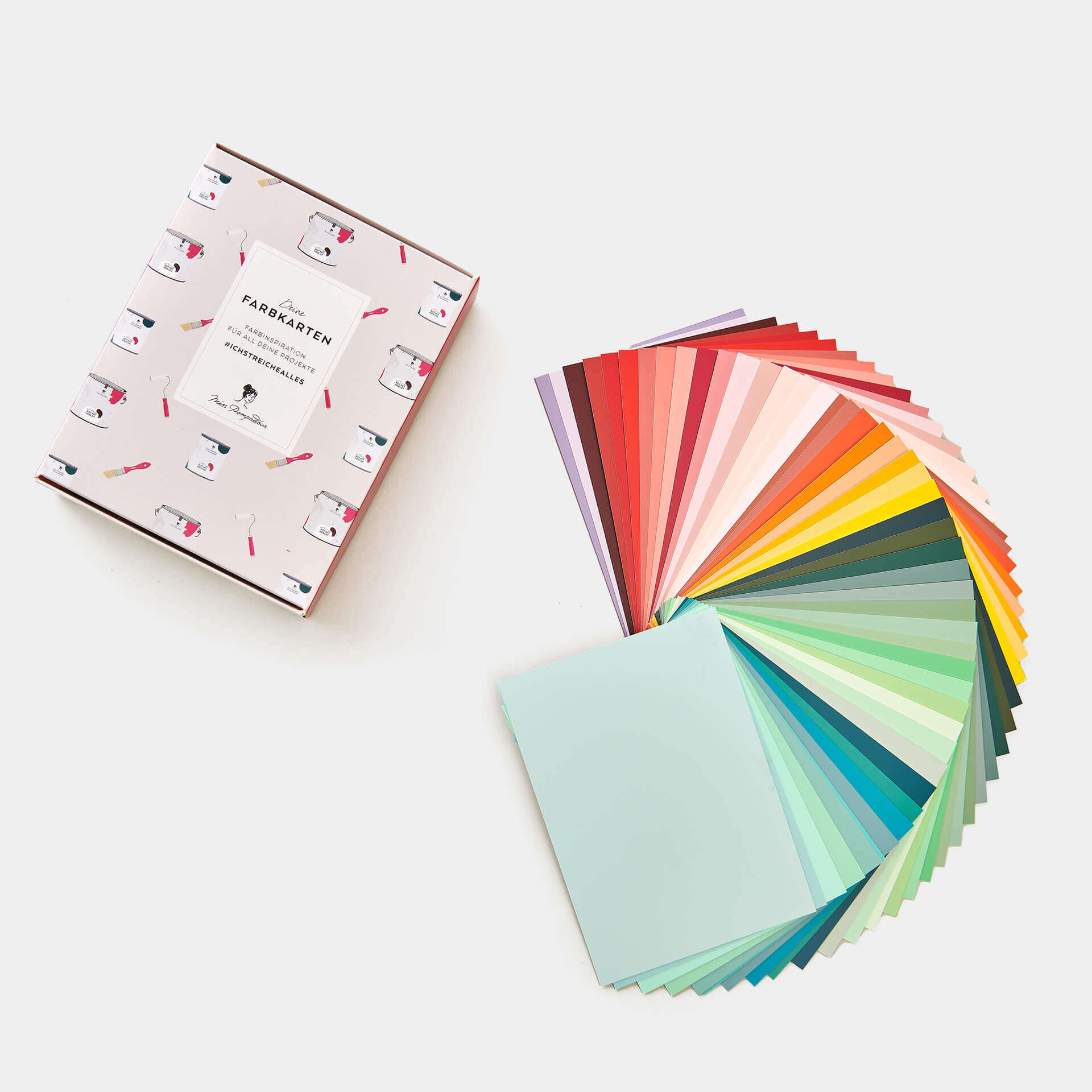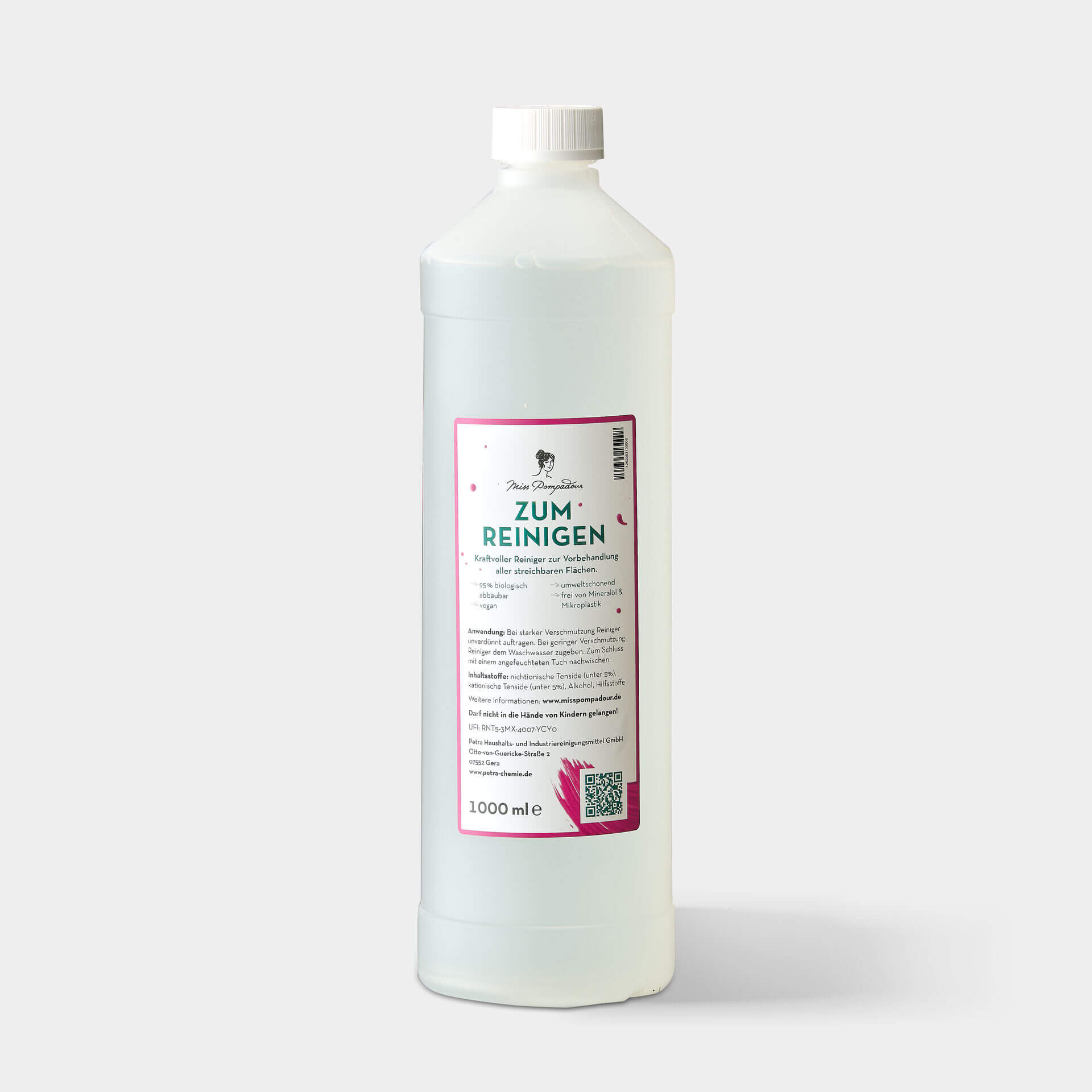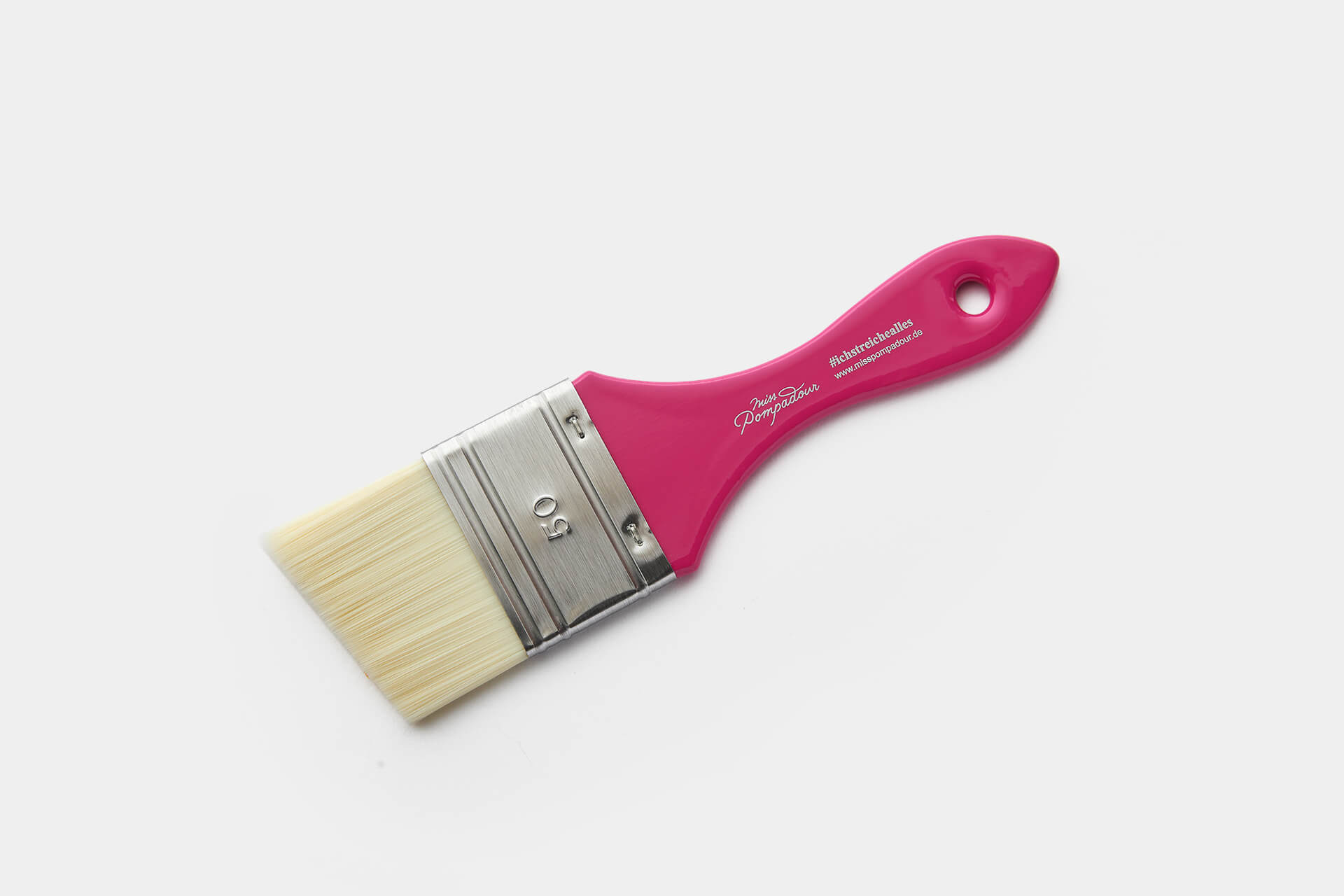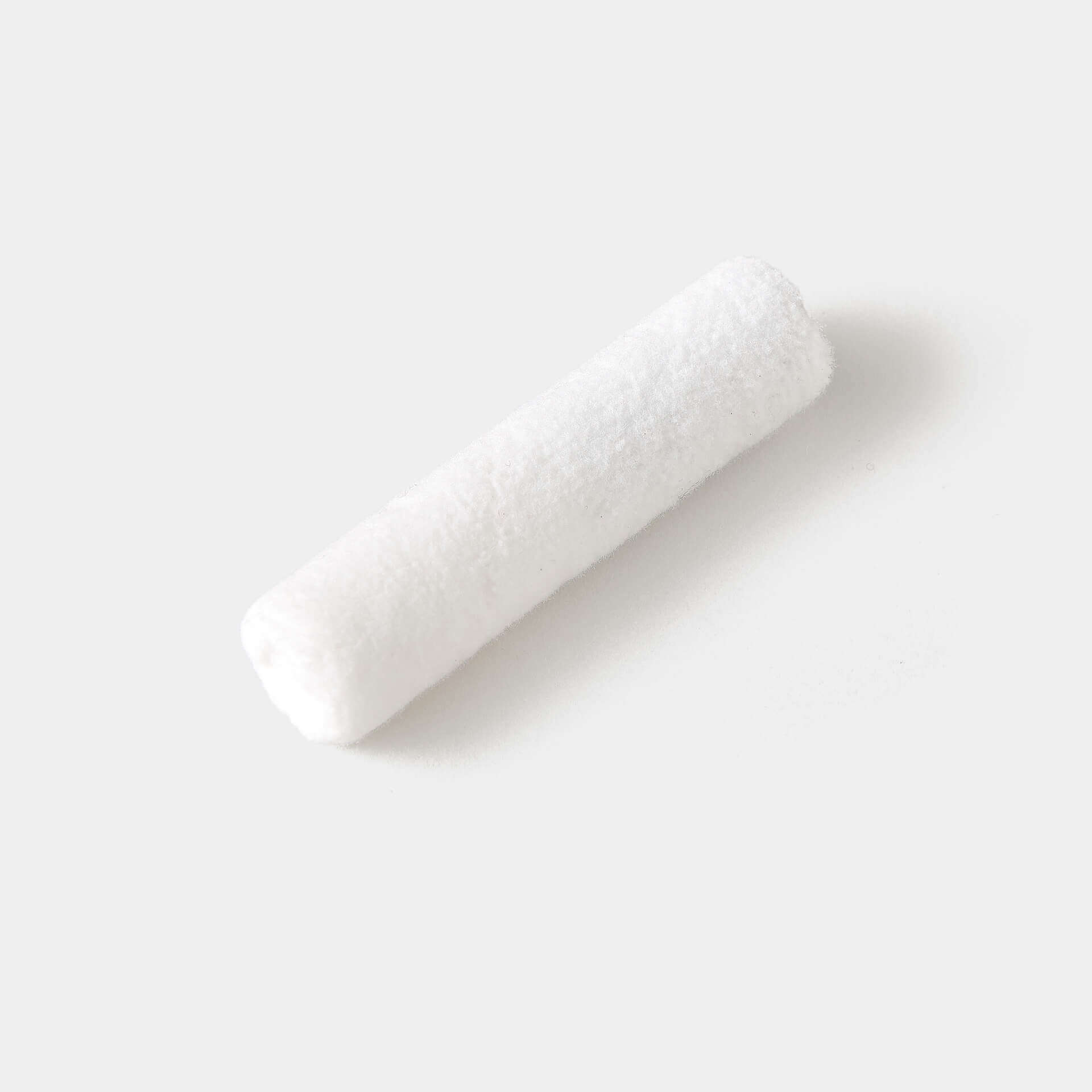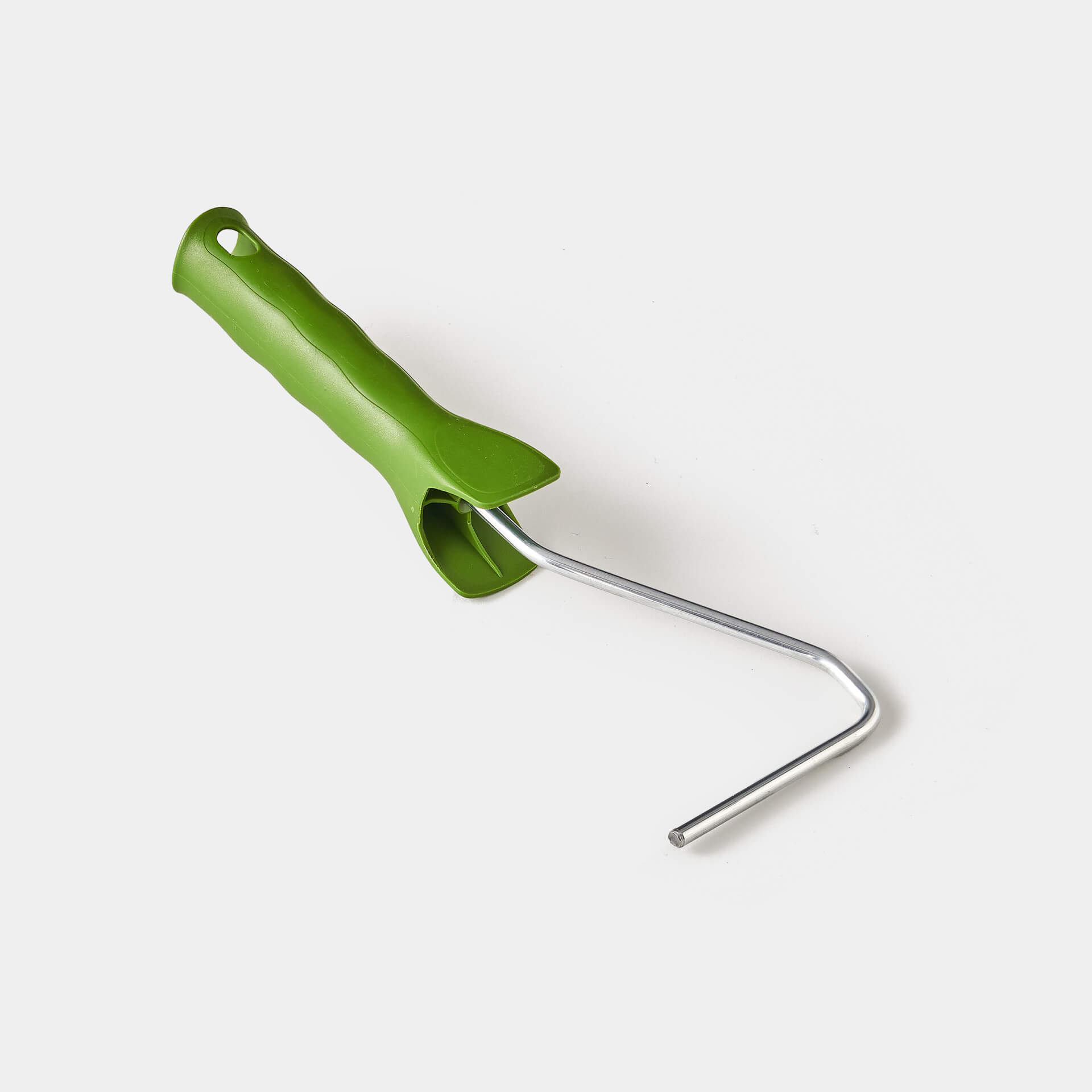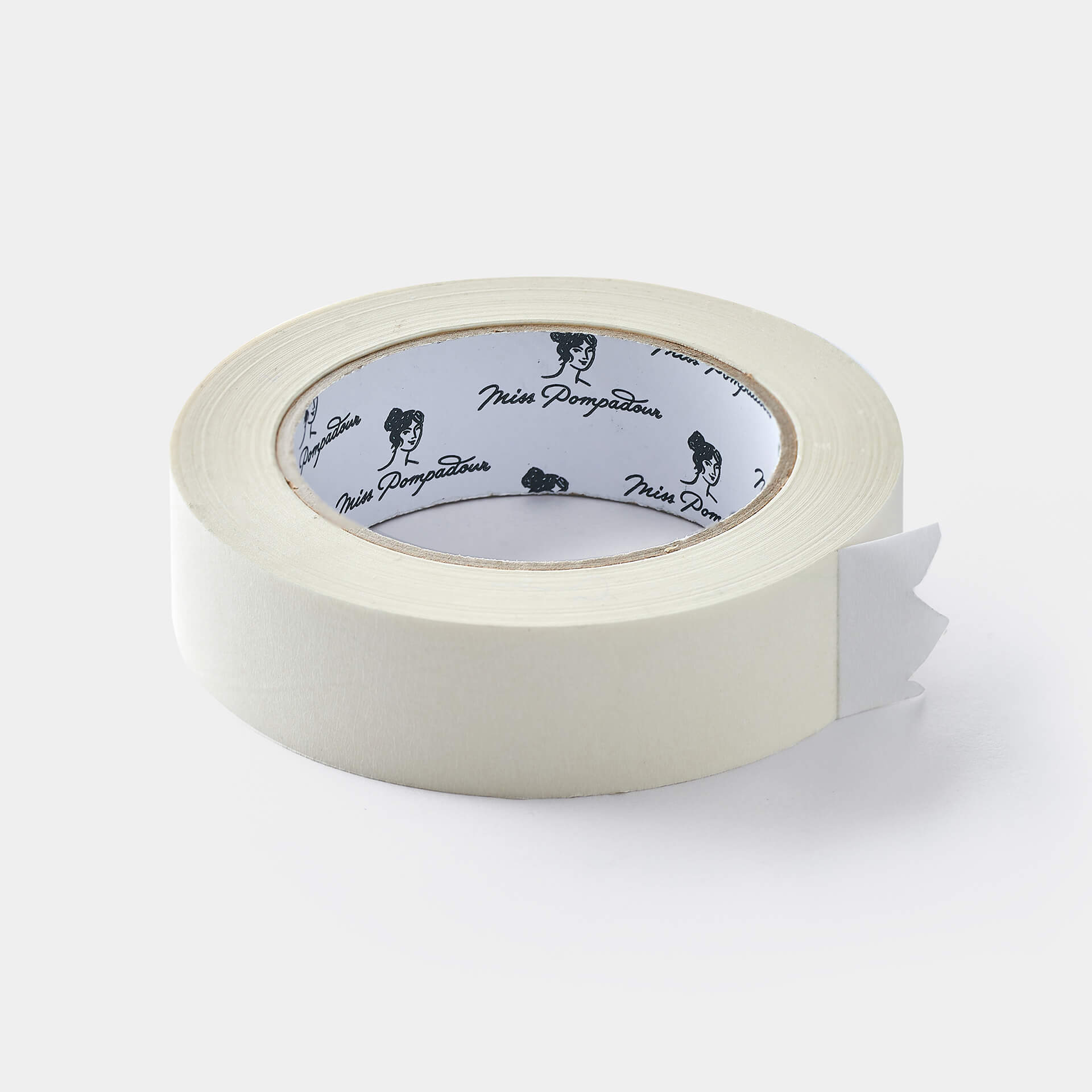Painting for Beginners | First Steps
In Painting - How-To · 5 min reading time
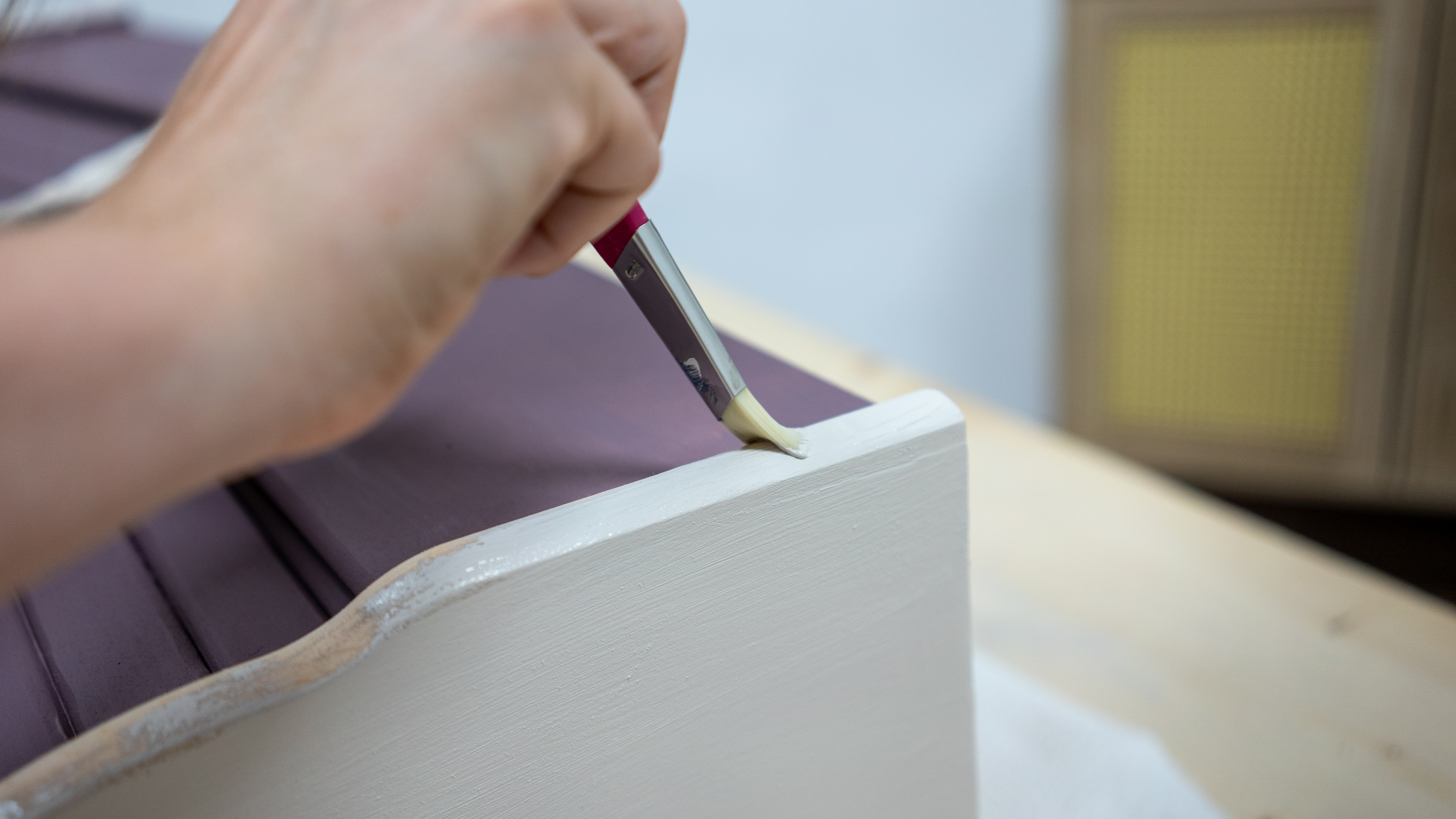
If you've been admiring our customer projects on Instagram or even browsing our site, you've probably seen countless examples of ingenious DIY and painting ideas that our customers have used to beautify their homes with paint.
Now you want to try it yourself, but you've never painted before and don't think you can do it?
Then we have good news for you: painting is super easy!
Now you want to try it yourself, but you've never painted before and don't think you can do it?
Then we have good news for you: painting is super easy!
Read here how painting for beginners works. We promise that with the right paint and good painting tools you can achieve great results even as a layman. Be brave!
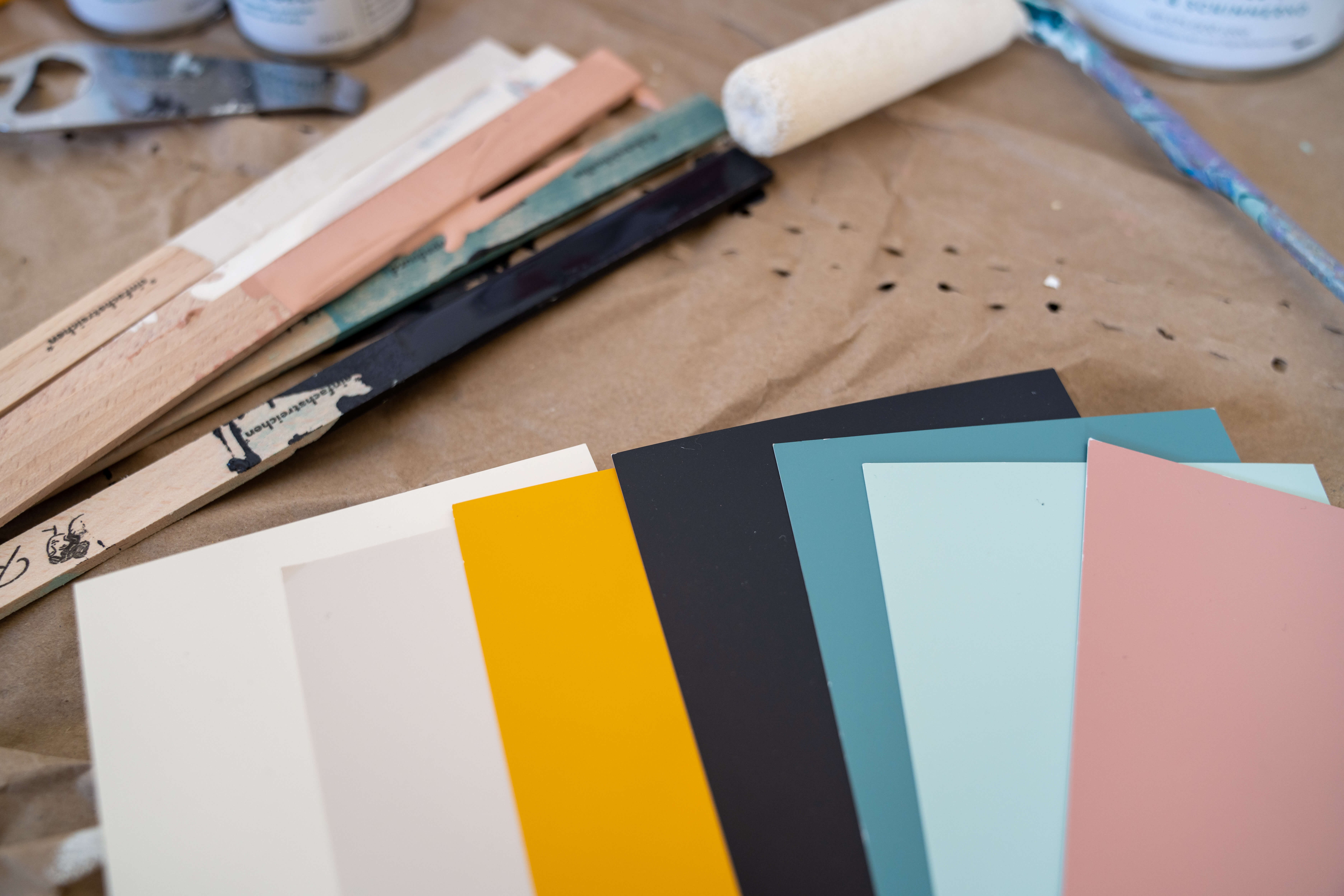
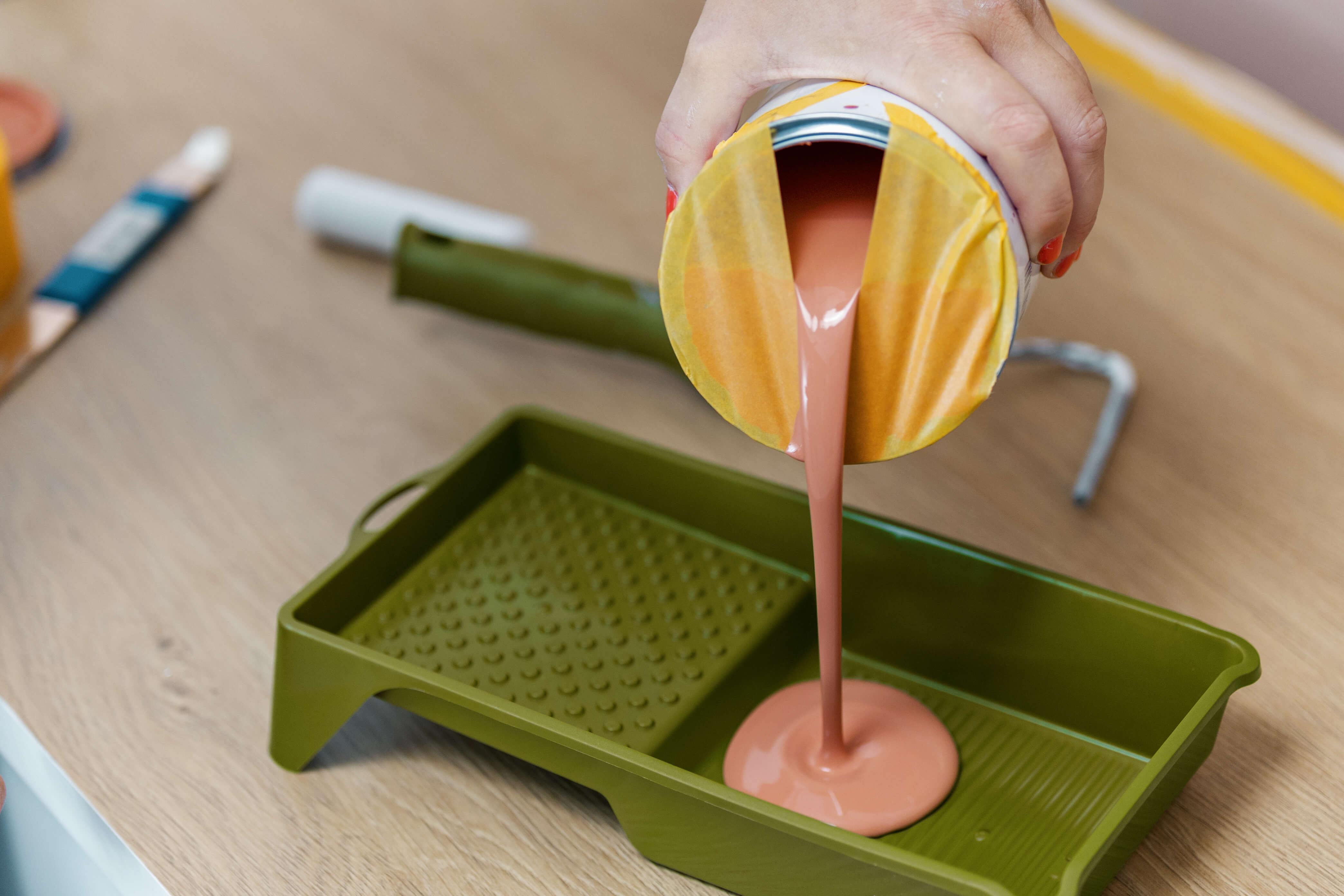
The right preparation
Select colour shade
The most important thing for you is to find the right colour. Colour is fundamentally difficult to determine via the screen, because the quality, colour rendering and illumination of the screen vary from device to device.That's why you'll find colour cards in our shop. Our MissPompadour colour cards reproduce the varnish Eggshell Varnish almost 1 to 1. Wall paints you have to imagine a little darker, because they reflect the light less due to their mattness.
Now you have ordered the colour cards and they have arrived. How do you find the right colour shade? Place the card on the piece of furniture or wall you want to paint. Look at the colour cards under the different lighting conditions in the room! After all, the new colour shade should always look good and please you, whether in dim or bright light.
Select colour quality
Now decide which surface you would like to work on.MissPompadour offers each colour shade in four different qualities
Basically, we distinguish between varnish and wall paint.
Wall paints
As their name suggests, wall paints are used to paint interior walls. MissPompadour offers wall emulsions in three different qualities:The Valuable Wall Paint, The Functional Wall Paint and the chalk paint for children's rooms, LittlePomp.
The Valuable Wall Paint creates a wonderfully dull matt, noble and colour-intensive finish on your wall. The Functional Wall Paint is not as matt, but extremely hard-wearing and completely washable - the ideal paint for children's rooms, hallways and kitchens.
The LittlePomp colours are specially developed for babies' and toddlers' rooms. Gentle colour shades and complete health safety for pregnant women and babies were important to us for the Nursery collection.
Varnishes
varnishes are used to paint wood, metal, stone, concrete and tiles, whether on walls or floors.If you dilute our water-based varnish, you get a glaze look and the wood structure is preserved. However, this only works on open natural woods. Unlike varnish, glaze must be able to soak into the wood
At MissPompadour you will find two varnish qualities: The discreetly glossy, robust varnish Eggshell Varnish, as well as the completely matt varnish Matt Varnish with its noble appearance.
Use Eggshell Varnish for all surfaces that are subject to wear and tear, such as tiles, kitchen fronts and tables.
You can use Matt V arnish on less stressed furniture, such as a chest of drawers, a buffet or on a project where you want to achieve a more elegant, understated style.
Calculate paint quantity
Once you have decided on the colour shade and quality, you now need to work out how much paint you need. Now we need some maths. But don't worry, it's all about very simple calculations!For a room, you need to calculate the area of each wall. You add these four walls together. If you want to be very precise, you can subtract the area of the windows and door. But normally it doesn't hurt to have a little extra paint.
You calculate the area of a wall as follows: Length in metres times width in metres. Now add up the results on each wall surface.
Example: your wall is 4m wide and 2.5m high. Times this to give 10sqm². Assuming that all walls have the same dimensions, you have 40 sqm² for four walls. If you have, for example, two windows in one wall and a door in the other, you can use the same formula (length x width) to calculate the areas of the door and windows. Subtract these from the total area of 40 square metres and you have your surface to be painted.
You proceed in exactly the same way for a piece of furniture. It is also important to add up the individual surfaces! Once you have calculated the area to be painted, you can enter it into the quantity calculator in the colour shade. This will show you the average paint quantity required.
Professional tip: Note that this is only a guide value! Depending on the condition and absorbency of the surface, you may need more or less paint. Unfortunately, we cannot make any general statements about this. If you are unsure, please contact our customer advisory service with your project. They will be able to give you a more precise estimate of whether you need more or less paint.
Clean properly
Even if it seems like a trivial and negligible step at first, the correct cleaning of your surface to be painted is often the most important pillar for a successful project.Because even if the surface looks clean at first glance, there may be wax, silicone traces or dirt on it. Even new furniture, fresh out of the packaging, needs to be cleaned well. Before you paint your surface, it must be completely free of dust and grease! You can use our To Clean cleaner for this. It does not leave behind a protective layer and does not leave grease behind like some common washing-up liquids.
Clean properly
Even if it seems like a trivial and negligible step at first, the correct cleaning of your surface to be painted is often the most important pillar for a successful project.Because even if the surface looks clean at first glance, there may be wax, silicone traces or dirt on it. Even new furniture, fresh out of the packaging, needs to be cleaned well. Before you paint your surface, it must be completely free of dust and grease! You can use our To Clean cleaner for this. It does not leave behind a protective layer and does not leave grease behind like some common washing-up liquids.
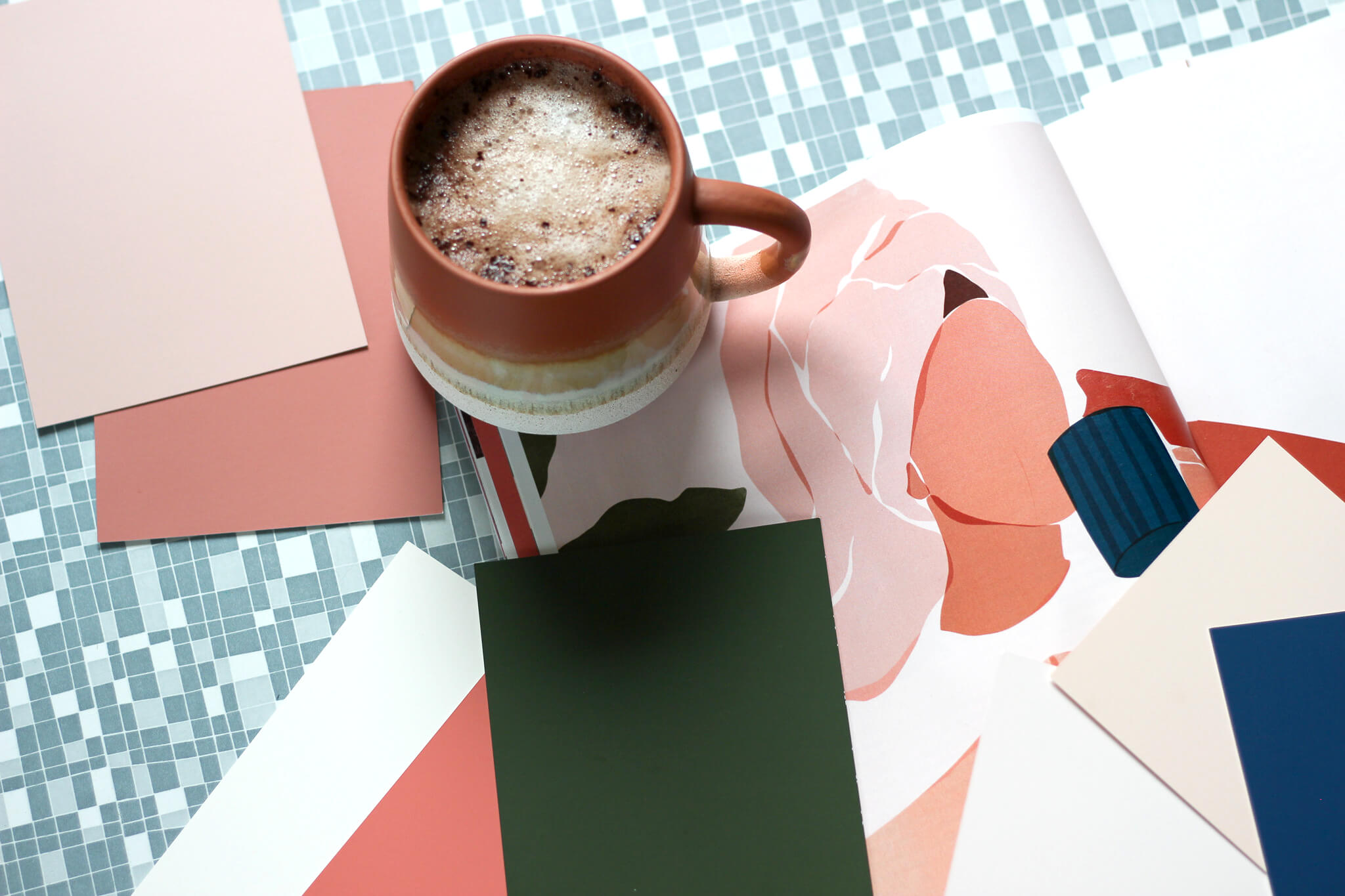
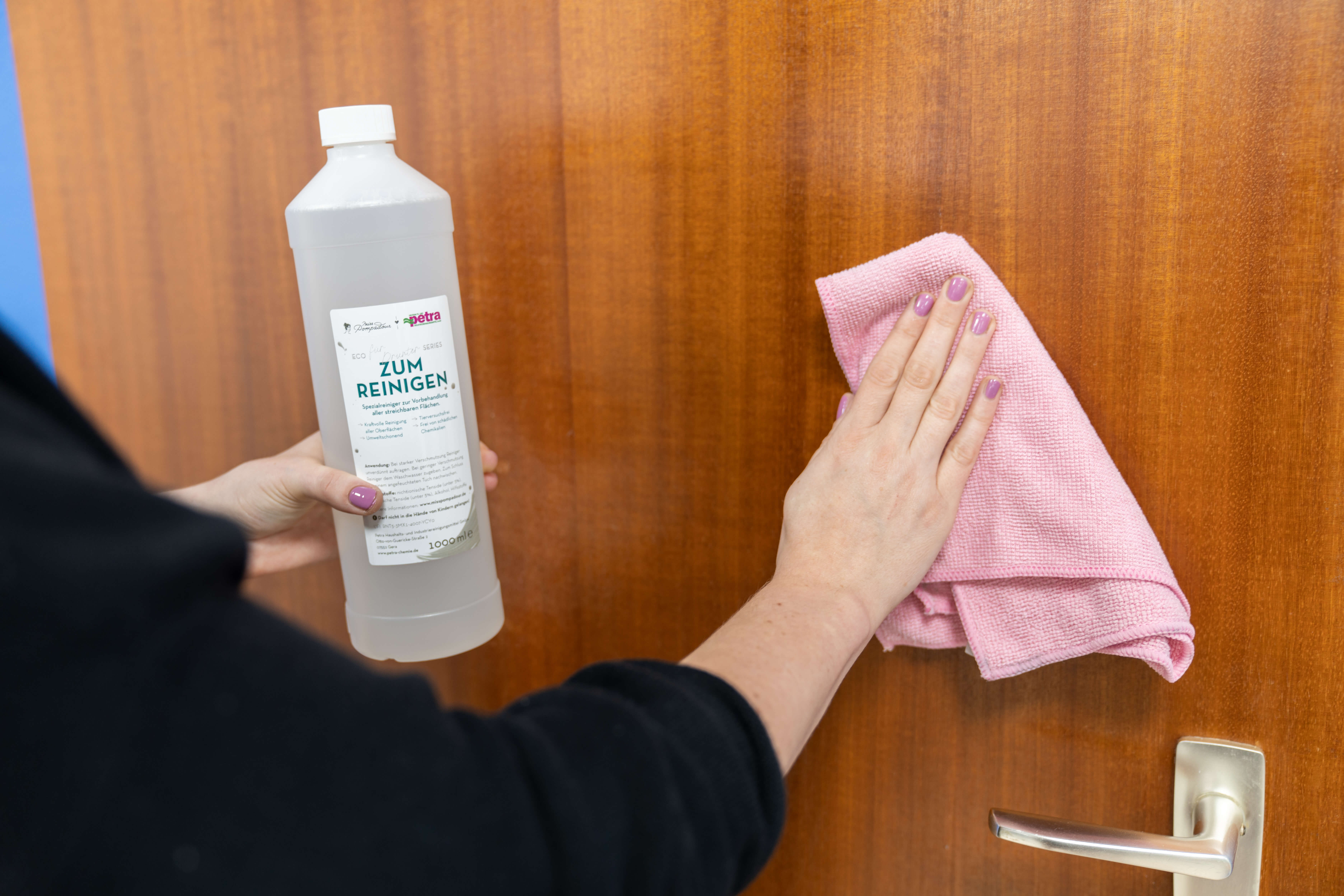
After painting
To Seal
If you want to give your furniture extra stability, you can seal it afterwards. Use To Seal, this varnish is matt and forms an additional protective layer for the paint. Prepare the room you are painting well, especially during the heating season. Because the topcoat has a strong static attraction, we recommend removing dust thoroughly beforehand and hanging up damp towels. Otherwise, dust particles will be stirred up by the heating air in the room and then settle in the topcoat. It is also a good idea to wash out the Rollers you use to apply the topcoat before using it for the first time!Drying and curing
Another step that is often underestimated and requires very little effort is to let the paint cure sufficiently.As our wall paints and varnishes are all water-based, they dry from the outside in. This means that although they look finished, they are far from it!
The varnish has not yet bonded to the surface. But don't worry, because it continues to harden every day.
After about 14 days - depending on humidity and room temperature - the varnish has hardened enough for you to put weight on it. However, it takes about 30 days for it to reach its full strength. The same applies to our wall paints, especially The Functional Wall Paint. You can only test its ability to be wiped off after the 30 days have elapsed, because it also continues to harden constantly.
Professional tip: Please do not carry out scratch tests with the paint and the varnishes! On the one hand, they will not pass the tests before the drying time has expired. On the other hand, all our varnishes and paints are stable enough to withstandeveryday use. As soon as you try to destroy the paint layer wantonly, it will naturally give in to this attempt.
But even with an industrially painted piece of furniture or a car, it is possible - with enough destructive interest - to add scratches and damage to the varnish.
But even with an industrially painted piece of furniture or a car, it is possible - with enough destructive interest - to add scratches and damage to the varnish.
Do you already have a concrete project and are looking for the perfect instructions? Then take a look at our step-by-step instructions! There you'll find how-tos that are already tailored to painting projects!
Step-by-step instructions
You have an idea? These blogs will help you to realise it!
Painting for beginners - here's how:
Step 1: If you know which surface you want to work on, first select the right colour quality .Step 2: Now comes the selection of the desired colour shade. It is best to order the colour cards and look at them at any time of day and in any light in the room. This is the only way to be sure of finding the right shade for you.
Step 3: Now order the selected colour in the desired quality and the matching painting tools.
Step 4: This step is where To Clean comes in. Clean your surfaces thoroughly, wipe with clean water and let them dry again. It is especially important that all surfaces to be painted are completely free of dust and grease. Otherwise the paint will not be able to take hold.
Step 5: Depending on the surface, you should prime with a primer. If the surface is smooth, for example tiles, plastic or painted furniture, we recommend our primer To Bond & Block. This provides a non-slip surface.
Also for real wood, simply use To Bond & Blocken. Our primer is also a strong stainblock and prevents tannins from dissolving from the wood and penetrating into the paint. With light and medium colour shades, this usually leads to unsightly discolouration.
Make sure to always use clean tools for priming. Let the primer dry for at least 3 hours on smooth surfaces, or 8 hours or overnight if used as a stainblock on wood.
Step 6: Stir the paint thoroughly so that the pigments can spread evenly. Pour some of the paint into your paint tray.
Step 7: Once the floor is protected and everything that is not to receive paint is carefully taped off, you can start painting.
Step 8: Let the first coat dry for 4 - 5 hours and then paint a second time or until you are satisfied with the result. Depending on the colour shade, this may require more coats.
And voilà - you get a perfect result!
Step 5: Depending on the surface, you should prime with a primer. If the surface is smooth, for example tiles, plastic or painted furniture, we recommend our primer To Bond & Block. This provides a non-slip surface.
Also for real wood, simply use To Bond & Blocken. Our primer is also a strong stainblock and prevents tannins from dissolving from the wood and penetrating into the paint. With light and medium colour shades, this usually leads to unsightly discolouration.
Make sure to always use clean tools for priming. Let the primer dry for at least 3 hours on smooth surfaces, or 8 hours or overnight if used as a stainblock on wood.
Step 6: Stir the paint thoroughly so that the pigments can spread evenly. Pour some of the paint into your paint tray.
Step 7: Once the floor is protected and everything that is not to receive paint is carefully taped off, you can start painting.
Step 8: Let the first coat dry for 4 - 5 hours and then paint a second time or until you are satisfied with the result. Depending on the colour shade, this may require more coats.
And voilà - you get a perfect result!
As you can see, renovating with paint is not difficult for beginners. And if you get stuck, our friendly and exceptionally experienced customer service team is available almost around the clock!
MissPompadour Color Cards
Content: 91 piece (€0.14* / 1 piece)
€12.95
incl. VAT
To Clean - MissPompadour Cleaner
€5.90
incl. VAT
To Paint - Fine MissPompadour Brush 50mm
€11.90
incl. VAT
Handle for Paint Rollers 10-16cm - 29cm Handle length
€6.00
incl. VAT
To Mask - MissPompadour Adhesive Tape 30mm
€3.90
incl. VAT

